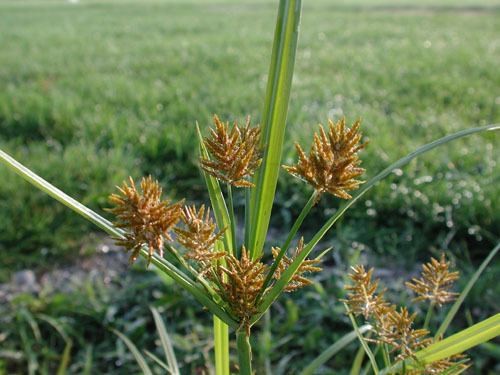Plant Systematics and Evolution Research Group
These two groups are led by Dr. Muhamamd Qasim Hayat. They are very much interested in theory of “Evolution” and the today’s biodiversity of organisms. Among various life forms their focus is on Plant creatures, especially on medicinal plants. In more technical narration, they work in the area of molecular phylogenics of higher plants along with their medicinal aspects. Researchers working in this lab are mostly engaged in methodology of molecular biology (DNA => molecular markers => PCR => sequencing; Sanger, NGS) and phyloinformatics (Sequence => data sets => selection of analysis method & model => trees => clades = > phylogeny and genetic diversity). They build a deep understanding of clades with their natural traits in the form of observable phenotypes (Parameters includes: morphology, trichomes, stomata, pollens [by mean of LM & SEM], ETS and ITS phylogeny, biogeography). They also carried out phytochemical analysis of the plants and with the help of collaborating labs do the bioactivities leading to developments of products.
Research Focus:
· Identification and characterization of medicinal plants
· Taxonomy and phylogeny of medicinal plants
· Bioactivities of medicinal plants
· Compound identifications form medicinal plants
· Products developments form medicinal plants
Laboratory Members:
Iqra Shah (PhD candidate)
Hafiz Imran Fakhar (MS student)
Current Project:
· Biogeography and phylogeny of Himalayan Cyperaceae
· Phytochemical analysis of indigenous plants
Research Funding:
· Higher Education Commission (HEC) Pakistan
· National University of Sciences and Technology (NUST), Pakistan
Selected Publications:
1. Shabina Ishtiaq Ahmed, Muhammad Qasim Hayat, Muhammad Tahir, Qaisar Mansoor, Muhammad Ismail, Kristen Keck, Robert B. Bates, 2016. Pharmacologically active flavonoids from the anticancer, antioxidant and antimicrobial extracts of Cassia angustifolia Vahl. BMC Complementary and Alternative Medicine, 16: 460, DOI 10.1186/s12906-016-1443-z
2. Sadia Malik, Daniel Vitales, Muhamad Qasim Hayat, Aleksandr Aleksandrovich Korobkov, Teresa Garnatje, Joan Vallès, 2017. Phylogeny and Biogeography of Artemisia subgenus Seriphidium (Asteraceae, Anthemideae). Taxon, 66 (4): 934–952.
3. Adil Hussain, Daniel Potter, Sangtae Kim, Muhammad Q. Hayat and Syed A.I. Bokhari, 2019. Molecular phylogeny of Artemisia (Asteraceae-Anthemideae) with emphasis on undescribed taxa from Gilgit-Baltistan (Pakistan) based on nrDNA (ITS and ETS) and cpDNA (psbA-trnH) sequences. Plant Ecology and Evolution 152: 507-520.
4. Arooma Jannat, Attya Bhatti , Muhammad Qasim Hayat, Peter John, 2019. Tomorou Attenuates Progression of Rheumatoid Arthritis through Alteration in ULK-1 Independent Autophagy Pathway in Collagen Induced Arthritis Mice Model. Cell Death Discovery, 142:5.


